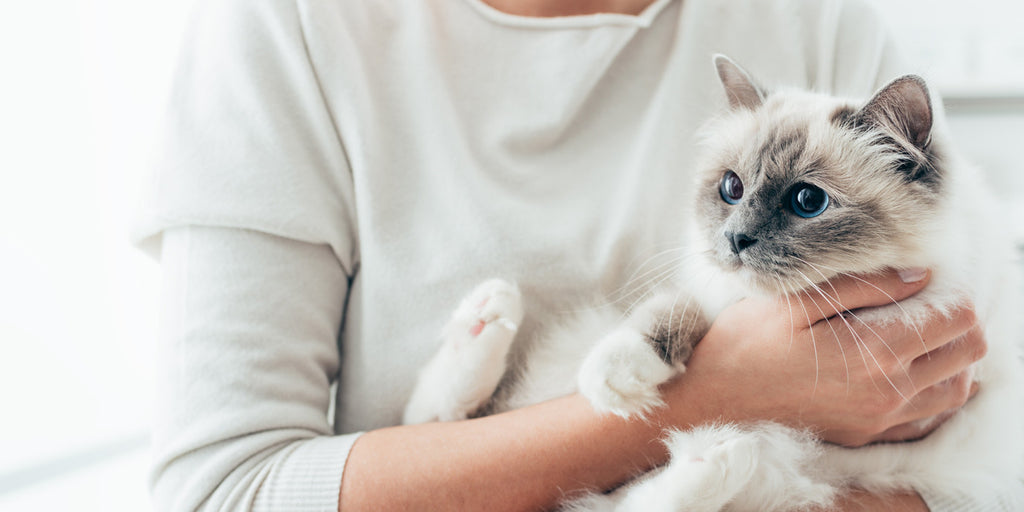Using paints containing VOCs can have an adverse effect not only on you and your human family members, but also on your much-loved pets.
Paint fumes can harm animals as well
Just as the chemicals called VOCs (volatile organic compounds) that evaporate from conventional paint as it dries can cause problems for humans, so they are also harmful to household pets. Paint fumes can irritate your pet’s eyes and respiratory system, as well as cause nausea, dizziness or an allergic skin reaction.
Dogs have an extra sensitive sense of smell
The olfactory system (sense of smell) is the main s sense used by dogs and is extremely sensitive and efficient. Up to 30% of a dog’s brain is dedicated to smell functions and it has been estimated that the percentage of a dog’s brain devoted to analysing odours is 40 times larger than that of a human.
For this reason they sense smells humans don’t even notice and are more susceptible to irritation caused by paint fumes. If your dog shows signs of illness, such as coughing and hacking, after being exposed to paint fumes, contact your vet.
Mould found on walls can make pets sick
Mould and mildew on interior walls are usually found in damp, warm conditions where there is poor ventilation. As the saying goes, cats are curious by nature, as are dogs, so they are likely to explore any mould that appears on walls. And just as this fungi can harm humans, so pets can be made poorly if they come into contact with it. Black mould produces a mycotoxin that in worse cases can damage the liver and cause fatal haemorrhages.
Anti-bacterial paints cut the spread of pet bacteria
Studies have found that homes where there are pets contain more and a wider range of bacteria. Nasties they carry include salmonella, campylobacter and leptospira. When pets rub up against walls these bugs can get passed on spreading bacteria that could affect your family.
Protect your birds
Until relatively recently coal miners employed caged birds such as canaries to detect any dangerous gases in the pit. Birds were used because they are extremely sensitive to fumes and react to them before humans notice.
Even the slightest exposure to some airborne chemicals could be devastating to your pet bird. These include carbon monoxide as well as particles found in insecticide sprays, hair spray, perfumes, paint fumes, room deodorizers and even bleach or ammonia fumes.
Don't forget fish!
Fish are often overlooked in any discussion around paint fumes and pets but they could suffer more than most if dangerous paint fumes fill the room where their aquarium is situated. This is because fish tanks have air pumps that draw in air, and therefore fumes, from the room. Distressed fish who have been overcome by fumes can be found gasping at the surface.
To avoid this you could extend the pump tubes so they can draw air from an unpolluted area when a room is being painted or switch off the aerator until the worst fumes have dissipated. Using paint that does not emit harmful fumes is another solution.
Do you watch Vet On The Hill?
TV vet Dr Scott Miller has sung the praises of Little Knights paint after using it in his new veterinary practice; he even is using it in his kids rooms & home... Read more


